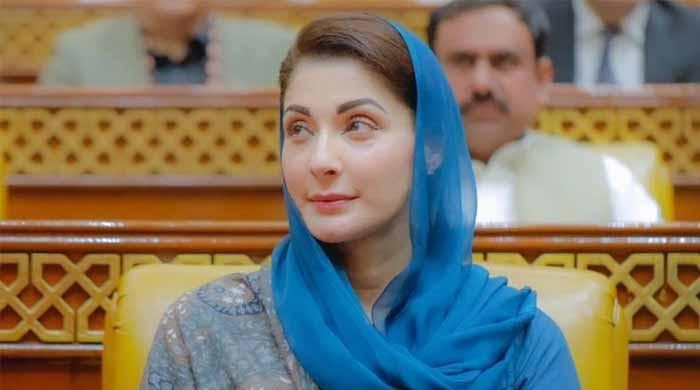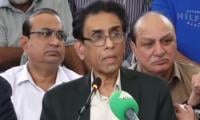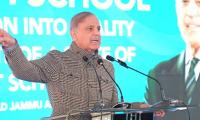How many out-of-school-children are there in Pakistan?
Pakistan has "most out-of-school children (OOSC)" in the world, federal minister says
ISLAMABAD: Pakistan has the "most out-of-school children (OOSC)" in the world, Minister of Federal Education and Professional Training Rana Tanveer Hussain said Friday.
The education minister, in response to a question in the National Assembly about children not going to school in Pakistan, said that 23 million children in Pakistan do receive school education.
The minister informed the house that the government had set an ambitious target to bring all 70,000 out-of-school children in the Islamabad Capital Territory to zero by June 30.
The minister said currently, around 70,000 children were out of school in Islamabad and all-out efforts were being made to enrol them in schools by June 30.
Tanveer said the government had also launched the Schools on Wheels initiative in Islamabad to provide education to the children of rural areas. For this purpose, buses were converted into mobile schools having state-of-the-art facilities, including toilets.
He said on the directives of Prime Minister Shehbaz Sharif, the ministry was also planning to provide such mobile buses facility to the children of flood-affected areas of Balochistan and Sindh.
Even the World Bank (WB) had also appreciated the government’s initiative, besides assuring the provision of 30 buses for the noble cause, he added.
He said the WB also intended to introduce such a system in Africa. The ministry was ready to assist other provinces if the provincial governments provided buses, he said.
He said the government had also started the tele school system, besides focusing on distance learning. It had also undertaken an accelerated learning programme with the cooperation of the United Kingdom to enhance the literacy rate in the country, he added.
To another question, he said 0.8% was recorded in the literacy rate in the last nine months.
In its data, UNICEF said that an estimated 22.8 million children aged 5-16 are not attending school, representing 44% of the total population in this age group.
In the 5-9 age group, five million children are not enrolled in schools and after primary-school age, the number of OOSC doubles, with 11.4 million adolescents between the ages of 10-14 not receiving formal education.
Disparities based on gender, socio-economic status, and geography are significant; in Sindh, 52% of the poorest children (58% girls) are out of school, and in Balochistan, 78% of girls are out of school.
Nearly 10.7 million boys and 8.6 million girls are enrolled at the primary level and this drops to 3.6 million boys and 2.8 million girls at the lower secondary level.
— Additional input from APP
-
Security forces gun down 30 terrorists in multiple IBOs in KP: ISPR
-
MQM-P calls for new province in Sindh
-
US report validates Pakistan military edge over India: PM
-
Banned TTP poses serious threat to Pakistan security: UNSC panel
-
CM Afridi clarifies remarks on by-poll after ECP requests army deployment
-
Dubai sees 3.2m Pakistani passengers in 2025 as airport sets new milestone
-
Security forces kill 23 Indian proxy terrorists in KP's Kurram
-
Pakistan to construct island to boost oil exploration: report












